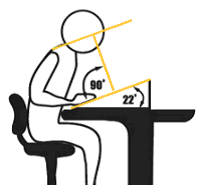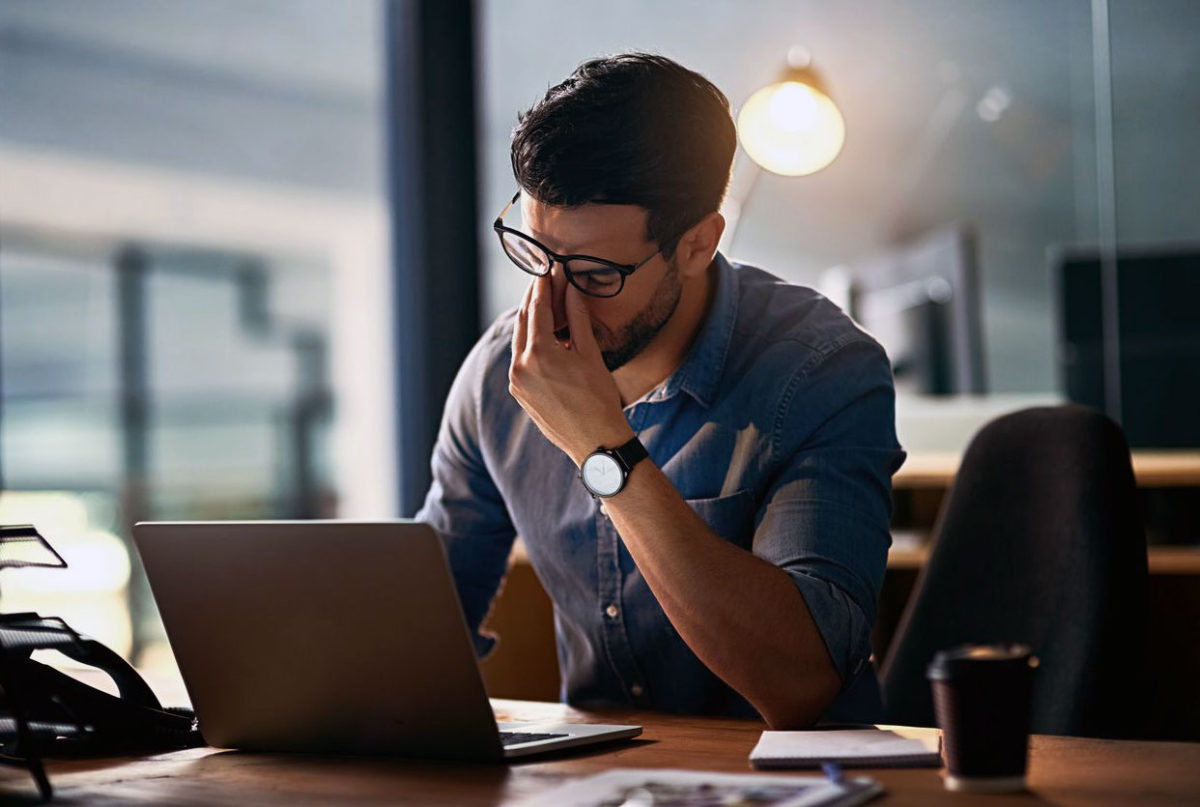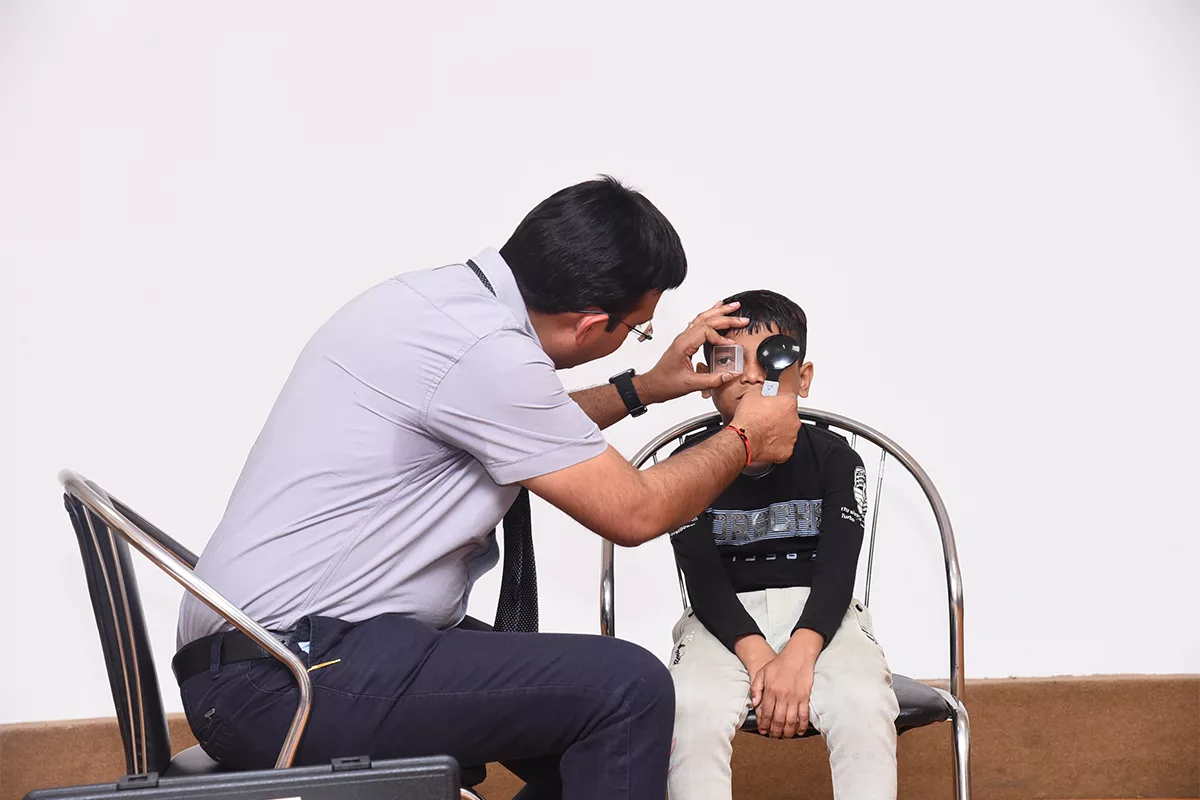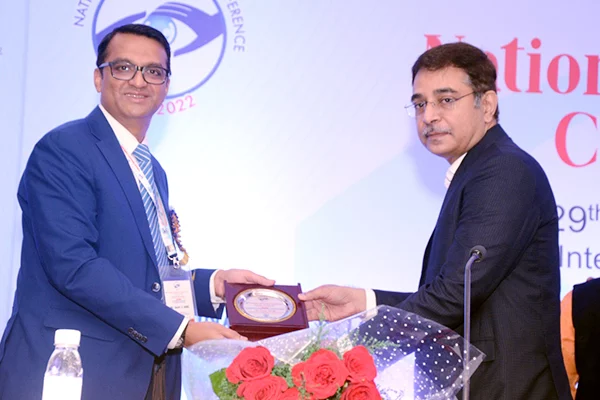Lifestyles have changed – we spend more time indoors in front of the computer or the television. Children and adults alike engage in more near vision tasks than the past. Video games and the cell phone have become the mainstay. All these lifestyle changes have contributed to increased visual stress.
Read on to know what one can do to reduce this strain…
Our eyes undergo tremendous stress these days. Children now read three times the number of textbooks their grandparents did, and adults constantly use their near vision at work and play. The shift to computers has engaged a growing incidence of prolonged, near-vision tasks. Eye discomfort, headaches, blurred vision, lowered visual performance and a wide array of other vision-linked problems are related to this heavy near vision tasks.
Many vision and eye problems are the direct result of these activities. It’s no wonder that ignoring good visual hygiene and right strategies for reading, the impact of long-term visual stress and vision problems can have such a significant effect on the quality of life.
Although we often hear the dangers of staring at our computers for prolonged periods, we have the habit of taking these warnings for granted. However, it is very crucial for us to adopt certain basic guidelines to reduce visual stress.

Strategies to combat visual stress:
1 Engage in all near point activity at “Harmon’s distance”. This is the distance from the centre of the middle knuckle to the center of the elbow measured on the outside of the arm. Working at the Harmon distance reduces near point visual stress.


2 When reading, occasionally look away at a specific distant object and let its details come into focus. Maintain an awareness of other objects and details surrounding it at least at the end of each page.
3 When studying, placing a bookmark 3 or 4 pages ahead and then moving around for at least one minute each time one reaches the bookmark, is a good way of relaxing the eyes.
4 Sitting upright and holding the back arched while reading and writing is also a good way of reducing visual stress. One should avoid reading while lying on the stomach on the floor. It is also advised to avoid reading in bed, unless sitting reasonably upright.
5 It is very important to have adequate general illumination, as well as good central illumination, while engaged in near tasks. The illumination on the task should be about three times that of the surrounding background.
6 While reading, tilt the book up about 20 degrees (this slopes up about 4 inches).
A tilt top for the desk can be made by screwing two door stops to the back of a piece of 1/2 inch plywood or a drawing board, and two rubber knobs to the near end so it doesn’t slip off the desk. This can be used for reading, studying, and writing. It usually enables working more effectively than, when the task is flat on the desk.
7 While watching television, sit more than 6 to 8 feet away with a good posture.
8 When riding in a vehicle, avoid reading and engaging in other near activity. It is a good habit to look at sights in the distance instead.
9 Outdoor activities promote good visual health since it requires seeing beyond arm’s length.


10 Inculcate the good habit of looking at a distant object at about eye level and at the same time, being aware of where things are on all sides.
11 Walk with your head up, eyes wide open and looking towards, but not at, objects.
These strategies are effective ways of keeping our eyes healthy. Remember that how we take care of our eyes today will determine our future visual health. So don’t take your eyes for granted – exercise caution and look ahead to a healthy future!
_______________________________










